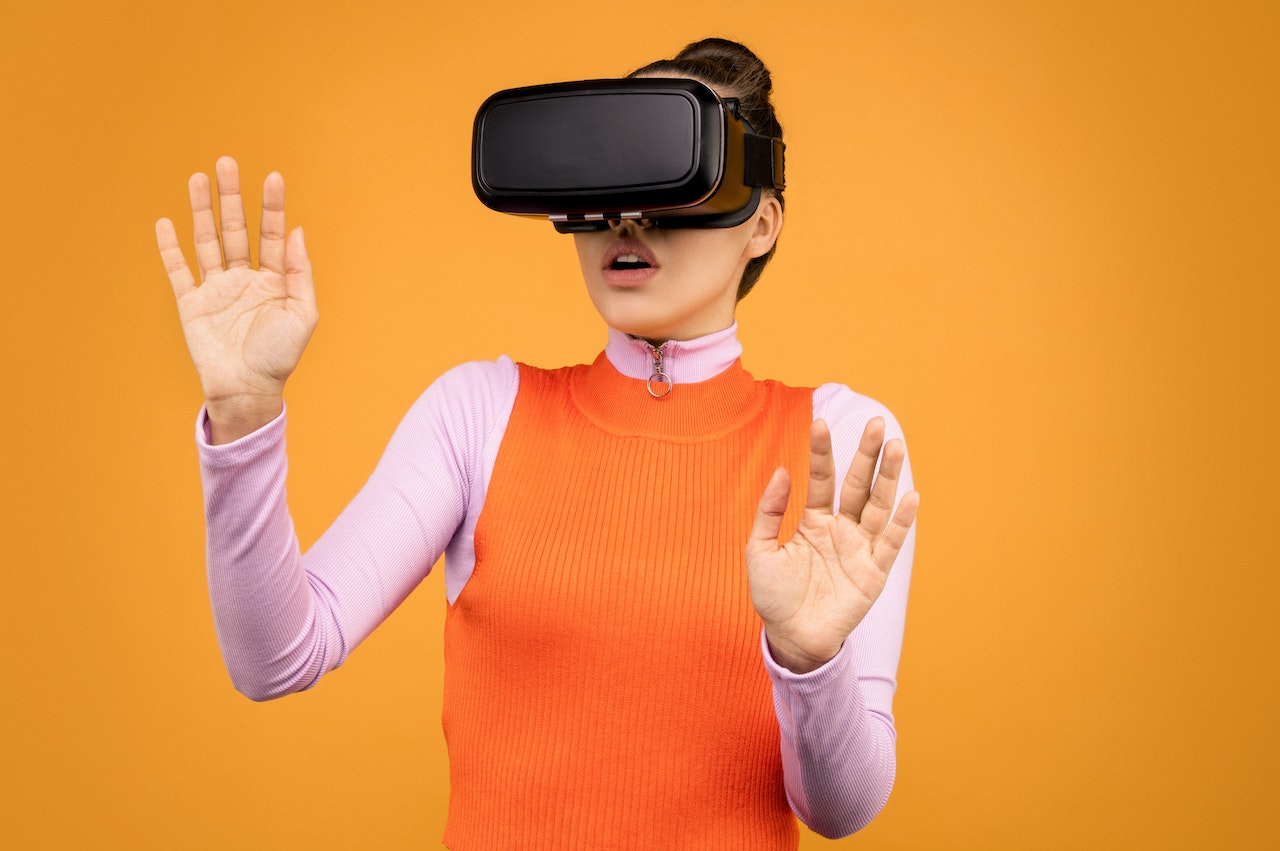It’s no secret that the luxury goods market is big business. It is also no secret that traditional marketing methods are becoming less and less effective as consumers become more resistant to advertising.
So how can luxury brands reach their target audience and increase sales in today’s climate? The answer may lie in virtual reality (VR).
Virtual reality allows users to experience a brand in an immersive, realistic way that is unlike anything else on the market today.
Since VR headsets are still relatively new technology, there is a certain “wow” factor that comes with using them. This can help luxury brands capture the attention of potential customers and make a lasting impression.
What’s more, VR can be used to create truly unique customer experiences that will stand out from the competition. For example, imagine being able to virtually tour a luxurious home or yacht before making a purchase. Or try on an expensive piece of jewelry without ever having to set foot in a store.
In an age where technology and social media reign supreme, luxury brands are now turning to virtual reality (VR) to give customers a unique and unforgettable experience. Here are four top luxury brands that are excelling in VR:
Louis Vuitton
Louis Vuitton was one of the first luxury brands to fully embrace VR technology. In 2015, the brand launched its “Star trunk” collection, which allowed customers to view the trunks in 3D through a custom-made headset. This gave them a realistic idea of what the product would look like in person, as well as giving them a sense of how it would feel to own one of these luxurious items.
BMW
BMW was another early adopter of VR technology, using it to give potential customers a tour of its factories. Customers could virtually donned safety gear and explore different parts of the factory, getting an up-close look at how their favorite cars are made. This not only gave users an insight into the level of craftsmanship that goes into each BMW vehicle but also helped build customer loyalty by giving them a behind-the-scenes look at the brand.
Gucci
Gucci took things one step further by using VR to give customers a virtual walk-through of its flagship store in Florence, Italy. This allowed users to explore the different rooms and floors of the store, as well as getting a close-up look at some of Gucci’s most iconic products. The brand also created a custom app that could be used with Google Cardboard, giving users an even more immersive experience.
Rolls-Royce
Rolls-Royce teamed up with Oculus Rift to create a one-of-a-kind VR experience that gave potential customers a tour of the company’s Goodwood factory.
Customers could see how Rolls-Royce cars are made, from start to finish, and even get a glimpse into the future with a look at some of the brand’s concept vehicles. This was an excellent way for Rolls-Royce to show off its commitment to quality and innovation, two key factors that luxury buyers consider when making purchase decisions.
By harnessing the power of VR, these luxury brands are able to give customers a truly unique and unforgettable experience.
This allows them to stand out from the competition and build loyalty among their customer base. As VR technology becomes more accessible and affordable, we can expect to see even more luxury brands embrace this cutting-edge technology.
These types of experiences are not only possible with VR, but they could also give customers the confidence they need to make a high-end purchase.
Of course, virtual reality is not without its challenges. Creating quality VR content can be costly and time-consuming, and it may be some time before VR headsets become mainstream.
For luxury brands, VR could be well worth the investment. by providing a unique way to reach and engage potential customers, VR has the potential to help luxury brands increase sales in today’s competitive market.

